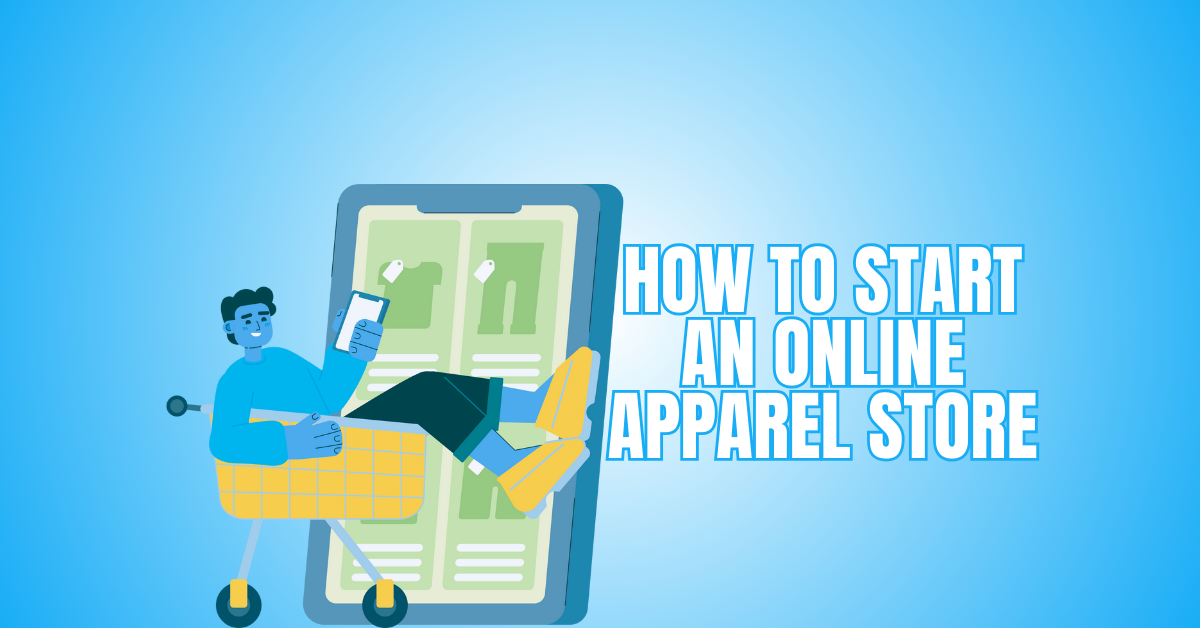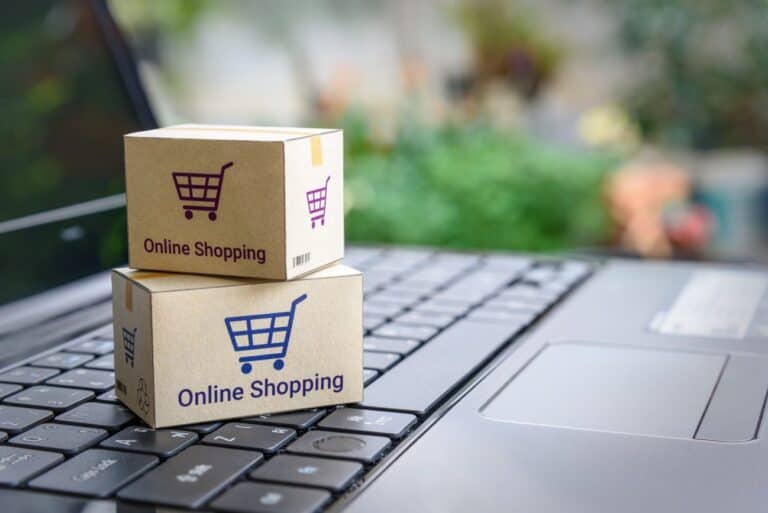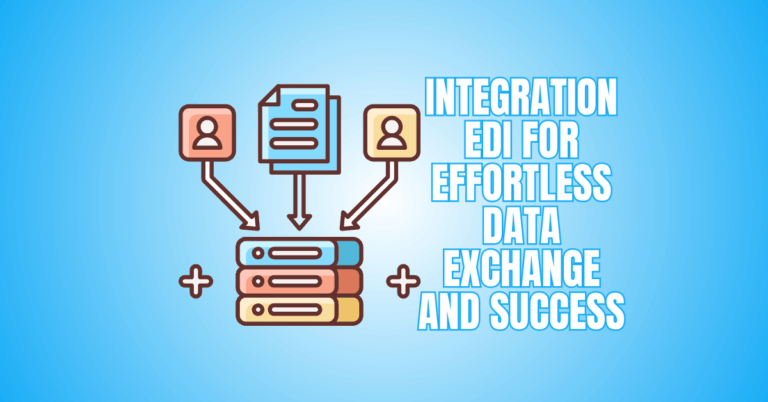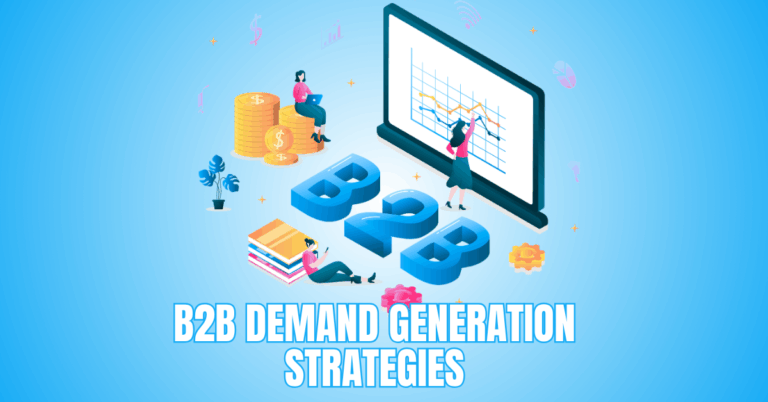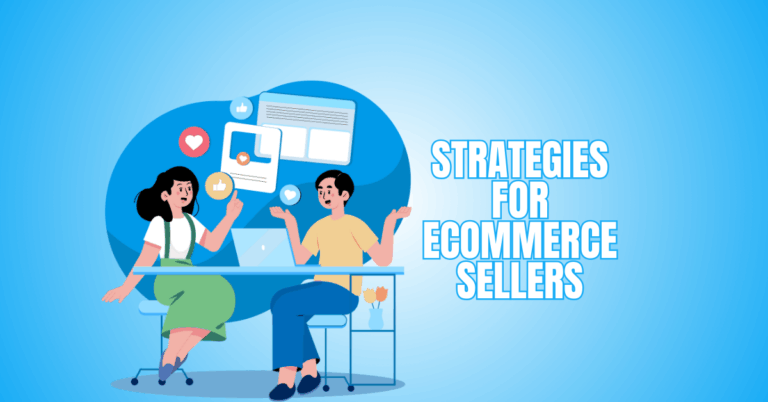How To Start An Online Apparel Store
If you’re wondering how to start an online apparel store, this guide will walk you through every essential step.
From understanding your market and defining a strong brand to sourcing products, building a website, and creating effective marketing strategies, success depends on careful planning and execution.
Learn practical tips, expert advice, and proven techniques to launch your online apparel store confidently and grow it into a profitable business.
How To Start An Online Apparel Store
1. Research And Understand The Market
Before launching, conducting thorough market research is essential. Understanding your audience, their preferences, and buying behaviour allows you to identify gaps your store can fill. Analyze competitors to discover what they offer, their pricing, promotions, and social media strategies.
Consider trends, seasonal demands, and popular apparel categories. Tools like Google Trends, Instagram insights, and fashion blogs provide real-time information on emerging styles.
A clear understanding of your target demographic—age, location, lifestyle, and budget—helps in tailoring your products and marketing. Investing time in research reduces risk and positions your brand for early success.
Key Points
- Understand audience preferences and buying behaviour.
- Identify gaps in the market
- Analyze competitors’ strategies
- Use data-driven tools for trend insights
2. Define Your Brand And Unique Selling Proposition (USP)
Beyond just a logo, branding embodies the character, values, and identity of your store. Determine what your brand stands for—style, quality, sustainability, or affordability—and ensure consistency across all touchpoints.
Your USP differentiates you from competitors, whether it’s eco-friendly fabrics, exclusive designs, or personalized products.
Your brand voice should be reflected in social media posts, product descriptions, packaging, and customer service. A strong brand story creates emotional connections with customers, encouraging loyalty.
Consistency in design, tone, and experience builds recognition and trust. A compelling USP and cohesive brand identity make your store memorable in the crowded apparel market.
Key Points
- Establish brand identity and core values
- Develop a unique selling proposition
- Maintain consistent brand voice
- Connect emotionally with customers
3. Source Your Products
When learning how to start an online apparel store, choosing the proper sourcing method is essential for quality, cost, and customer satisfaction.
Options include wholesale suppliers, dropshipping, custom designs, and print-on-demand. Wholesale allows bulk purchases at lower prices, while dropshipping eliminates inventory management.
Print-on-demand lets you sell personalized designs with minimal upfront costs. Custom or private-label clothing gives you complete control over style, materials, and branding.
Always request product samples to assess quality and fit before selling. Evaluate suppliers’ reliability, shipping times, and return policies.
Selecting the proper sourcing method affects your margins, production consistency, and customer satisfaction. Align your choice with your budget, business model, and brand vision.
Key Points
- Select sourcing method (wholesale, dropshipping, print-on-demand)
- Assess product quality and supplier reliability
- Test samples before listing products
- Align sourcing with brand and budget
4. Create A Business Plan
A business plan serves as your roadmap, guiding decisions and helping secure financing. It should outline your vision, market research, marketing strategies, operational plan, and financial projections.
Include target audience, competitive analysis, and clear objectives for growth: detailed logistics, inventory management, suppliers, and staffing requirements. Set realistic budgets, pricing strategies, and revenue forecasts.
A comprehensive plan identifies risks, potential challenges, and contingency measures. It also demonstrates professionalism to investors or lenders if funding is needed.
Revisiting your plan regularly allows adjustments as trends, market conditions, and business goals evolve. A strong business plan ensures clarity and sustainable growth.
Key Points
- Outline vision, objectives, and growth strategy
- Include market research and competitive analysis
- Define operational and staffing needs
- Review and update the plan regularly
5. Register Your Business
Officially registering your business protects your brand and ensures legal compliance. Decide on a suitable structure—sole proprietorship, LLC, or corporation—based on liability protection and tax considerations.
Register your business with local authorities to obtain a tax ID and necessary permits. To protect your intellectual property, trademark your company name and logo.
An official structure adds credibility with customers, suppliers, and potential partners. Consult a legal expert if needed to understand obligations. Ensure compliance with local and international eCommerce regulations.
Proper registration helps prevent legal disputes and ensures smooth operations. It establishes a strong basis for development and expansion.
Key Points
- Decide on business structure
- Register for a tax ID and permits
- Trademark brand name and logo
- Ensure compliance with local regulations
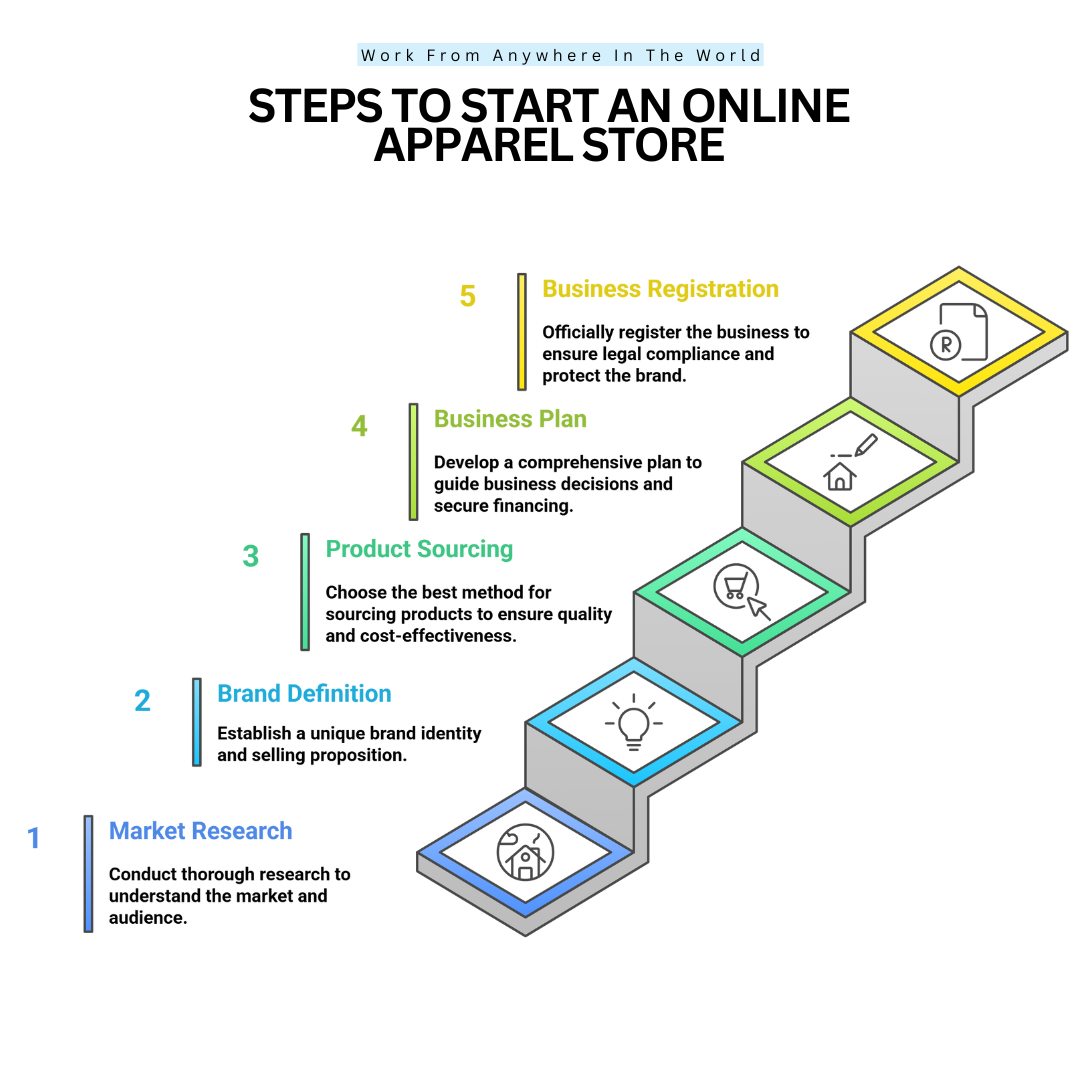
6. Build Your Online Store
Your website is the face of your business, so professional design and functionality are essential. Choose an eCommerce platform like Shopify, WooCommerce, BigCommerce, or Wix based on budget and features.
Select a domain name that is appropriate for your brand, brief, and memorable. Design an intuitive layout with easy navigation, fast loading times, and mobile optimization.
Include high-quality images, detailed product descriptions, and sizing charts. Set up secure payment gateways supporting cards, PayPal, or mobile wallets.
Add trust signals such as customer reviews, policies, and contact information. A polished, user-friendly site increases conversions and encourages repeat business.
Key Points
- Choose the right eCommerce platform
- Design a user-friendly and mobile-optimized site
- Add detailed product pages and visuals
- Implement secure payment systems and trust signals
7. Pricing Your Products
When learning how to start an online apparel store, setting smart, competitive pricing is essential for profitability, customer trust, and long-term success.
Factor in a sustainable profit margin while remaining competitive. Research competitors’ pricing to find a balance between affordability and value perception.
Consider introductory offers, bundle deals, or seasonal discounts to attract initial buyers. Transparent pricing builds trust, while psychological pricing strategies—like $29.99 instead of $30—can improve sales.
Periodically review prices as costs change or demand shifts. Smart pricing ensures profitability, customer satisfaction, and long-term sustainability.
Key Points
- Calculate costs and set sustainable margins
- Research competitor pricing
- Apply psychological pricing strategies
- Use promotions to attract buyers
Wealthy Affiliate – Mini Review (2025)
If you’ve ever thought about turning your blog, passion, or niche into an online business,
Wealthy Affiliate (WA) is one of the most beginner-friendly platforms I’ve used.
It combines step-by-step training, website hosting, SEO research tools,
and an active community all in one place.
What I like most: you can start free (no credit card needed),
explore lessons, test the tools, and connect with other entrepreneurs
before upgrading. WA isn’t a “get rich quick” scheme — it’s a platform where success comes
from consistent effort and applying what you learn.
8. Set Up Inventory And Fulfillment
Efficient inventory and fulfillment management ensure timely deliveries and customer satisfaction. Choose between in-house storage, third-party logistics (3PL), or dropshipping based on your business model.
Implement inventory management software to track stock, automate reorder alerts, and prevent stockouts or overstocking. Proper packaging protects products and enhances the unboxing experience.
Accurate tracking of orders, returns, and shipments reduces errors and improves customer trust. If using dropshipping, vet suppliers carefully to avoid delays or quality issues.
Streamlined fulfillment processes save time, reduce costs, and maintain brand reputation. The secret to growing your online clothing business is effective inventory management.
Key Points
- Choose an inventory and fulfillment method
- Use inventory management tools
- Ensure safe and branded packaging
- Track shipments and returns accurately
9. Create A Marketing Strategy
Marketing drives traffic and sales. Develop a multi-channel approach combining social media, email campaigns, content marketing, influencer collaborations, and paid advertising. Instagram, TikTok, and Pinterest are highly effective for apparel, enabling visual storytelling.
Share outfit inspiration, behind-the-scenes content, and user-generated photos. Email campaigns encourage repeat purchases through promotions, product launches, and newsletters.
Collaborating with fashion influencers extends your reach to targeted audiences. Paid ads on Facebook, Google, and TikTok attract new customers with precision targeting.
A cohesive strategy builds brand awareness, fosters engagement, and generates consistent revenue streams. Marketing is essential for attracting and retaining loyal customers.
Key Points
- Implement multi-channel marketing
- Collaborate with influencers
- Share engaging and visual content
- Use paid ads for targeted reach
10. Optimize For Search Engines (SEO)
SEO increases organic traffic and visibility. When learning how to start an online apparel store, implementing effective SEO strategies is key to driving organic traffic and increasing online visibility.
Optimize meta titles, descriptions, and headers for search engines. Include alt text for images to appear in image searches.—blog about styling tips, fashion trends, or guides to attract readers and improve authority.
Internal linking between pages and products helps users navigate and improves rankings. Fast-loading websites, mobile optimization, and secure HTTPS connections also impact SEO.
Monitor analytics to see which pages drive traffic and adjust content accordingly. Effective SEO increases discoverability, drives long-term traffic, and supports sustained growth for your online apparel store.
Key Points
- Conduct keyword research
- Optimize product pages and metadata
- Use internal linking and alt text
- Monitor analytics to refine SEO strategies
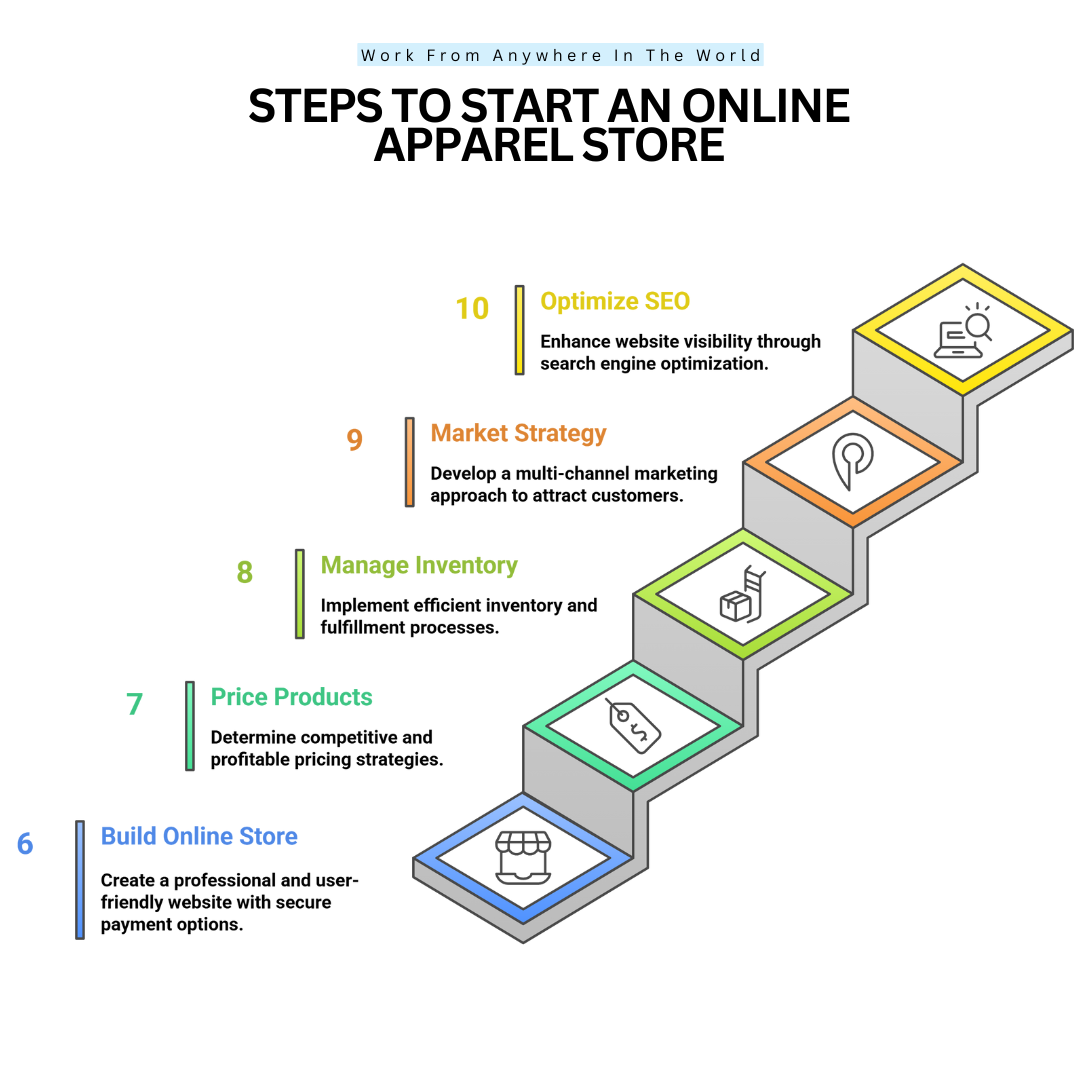
11. Build Customer Trust And Loyalty
Trust is key to customer retention and word-of-mouth promotion. Ensure high-quality products that match descriptions and sizing charts. Display SSL certificates and make use of secure payment channels.
Create clear return, exchange, and shipping policies. Answer consumer questions as soon as possible by chat, email, or social media. Encourage reviews and testimonials to show social proof.
Loyalty programs, discounts, or exclusive offers incentivize repeat purchases. Personalized recommendations and attention to customer feedback increase satisfaction.
A trustworthy, customer-focused approach builds long-term relationships and positive brand reputation, ultimately driving consistent revenue and advocacy for your online apparel business.
Key Points
- Ensure product quality and secure payments
- Create clear policies
- Respond promptly to customer queries
- Implement loyalty programs and personalization
12. Track Performance And Analytics
When learning how to start an online apparel store, monitoring performance metrics helps make data-driven decisions to optimize growth and profitability.
Use Google Analytics, Shopify Analytics, or WooCommerce reports to track metrics like traffic, conversion rates, and average order value.
Analyze cart abandonment, popular products, and referral sources to identify opportunities. Evaluate email open rates, ad performance, and social engagement to refine campaigns.
Regularly reviewing these metrics helps optimize marketing, inventory, and pricing strategies. Performance tracking allows early identification of issues, preventing revenue loss.
Data insights provide clarity on which tactics are working and which need adjustments. Analytics enable more intelligent decisions for growth and operational efficiency.
Key Points
- Track website and sales metrics
- Analyze campaigns and top products
- Adjust strategies based on data
- Use insights for operational optimization
13. Expand Your Product Line
Once your store stabilizes, expanding your offerings increases revenue and appeal. Introduce complementary products like accessories, shoes, or seasonal collections.
Limited edition drops create urgency and excitement. Collaborating with designers, influencers, or other brands introduces fresh designs and expands your audience.
Customization options like embroidery or prints appeal to customers seeking unique products—track sales performance to identify bestsellers and emerging trends before expanding.
Carefully planned expansion avoids overwhelming operations or diluting brand identity. Diversifying products strategically improves customer satisfaction, repeat purchases, and overall profitability while reinforcing your store’s position in the market.
Key Points
- Add complementary and seasonal products
- Monitor trends and sales
- Offer customization options
- Expand strategically without diluting the brand
14. Explore Omnichannel Sales
Selling beyond your website increases reach and revenue.—List products on marketplaces like Amazon, Etsy, or eBay. Social commerce via Instagram Shops and Facebook Shops connects directly with social media audiences.
Ensure consistent branding, inventory tracking, and fulfillment across channels to avoid customer dissatisfaction. Multi-platform presence exposes your store to different buying behaviours and demographics.
Manage stock levels and orders centrally to prevent overselling. Omnichannel sales reduce dependence on a single platform while building brand awareness.
Meeting consumers where they want to shop will boost sales, improve exposure, and provide several sources of income for long-term success.
Key Points
- List products on multiple platforms
- Enable social commerce
- Keep branding and fulfillment consistent
- Diversify revenue streams
15. Stay Updated On Trends
When learning how to start an online apparel store, staying updated with fashion trends ensures your products remain relevant and appealing to customers.
Follow trend reports, fashion blogs, social media influencers, and trade shows to spot emerging styles. Monitor competitor launches and seasonal demand to adjust offerings.
Engaging with your audience helps you understand preferences and feedback. Incorporate trends thoughtfully to align with your brand identity.
Offer limited collections or seasonal items to create urgency and excitement. Trend awareness informs product design, inventory planning, and marketing campaigns.
Adapting quickly without compromising quality or brand consistency allows you to remain competitive, attract new customers, and maintain loyalty in the fast-paced online apparel industry.
Key Points
- Monitor fashion trends
- Adjust offerings and campaigns
- Engage customers for feedback
- Release seasonal or limited collections
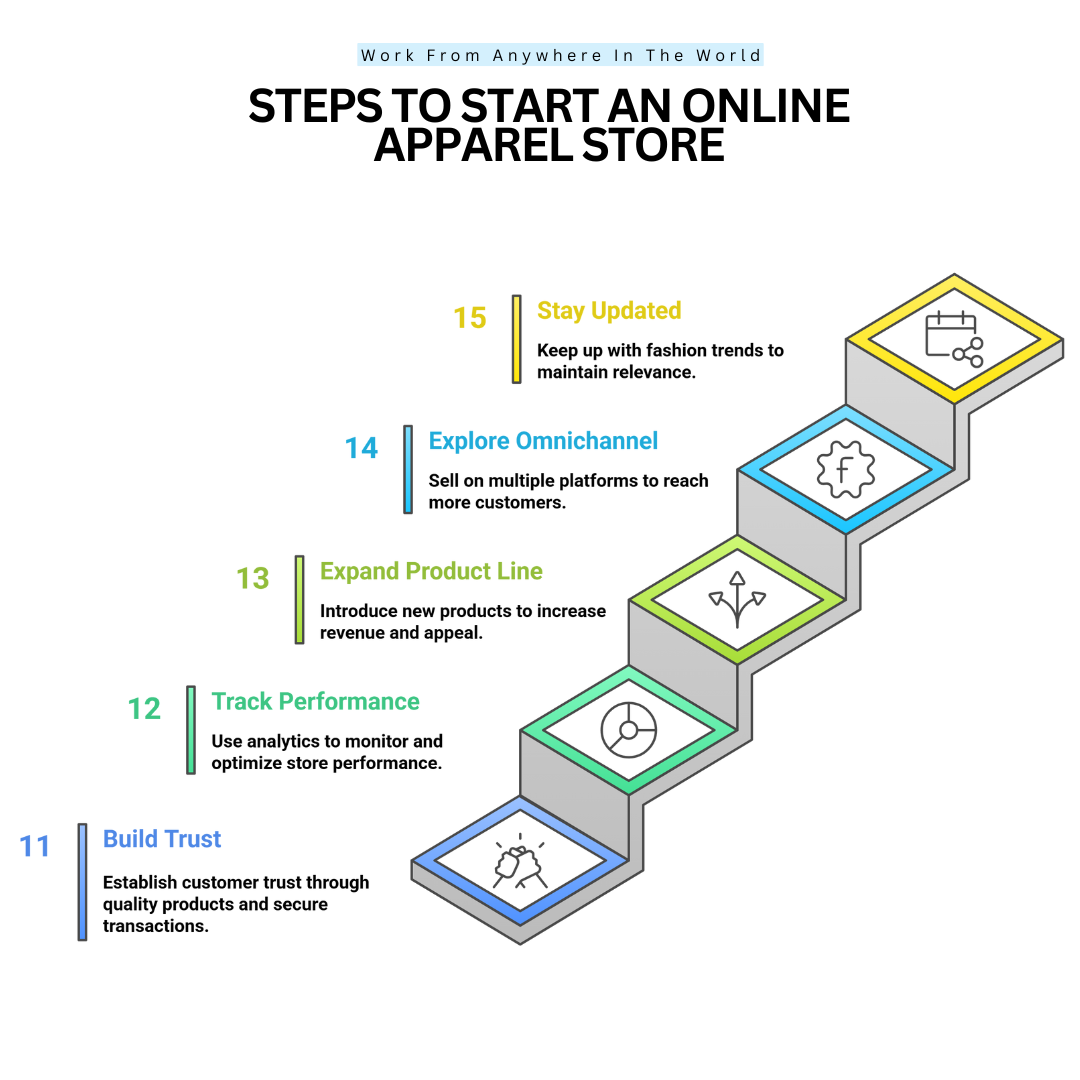
16. Manage Finances Efficiently
Financial management ensures long-term sustainability. Track revenue, expenses, profits, and taxes consistently. Allocate budgets for marketing, inventory, and operations while maintaining cash flow.
Use accounting software to automate tracking and generate reports. Understand pricing, profit margins, and break-even points to make informed decisions. Plan for seasonal fluctuations in sales and prepare contingencies.
To preserve transparency and make tax filings easier, keep personal and corporate finances apart. Regular financial analysis highlights trends, areas for improvement, and opportunities for investment or growth.
Proper financial management prevents overspending, supports scalability, and keeps your online apparel store profitable and stable.
Key Points
- Monitor finances and cash flow
- Allocate budgets strategically
- Use accounting tools
- Separate personal and business finances
17. Legal Considerations
When learning how to start an online apparel store, adhering to legal requirements ensures smooth operations, protects your business, and builds customer trust.
Comply with consumer protection laws, eCommerce regulations, and local tax obligations. Protect intellectual property through trademarks and copyrights. Draft clear terms, privacy policies, and return/exchange policies.
Ensure compliance with international shipping, customs, and tax regulations if selling globally. Consult legal experts to review contracts, partnerships, or supplier agreements.
Proper legal compliance avoids disputes, fines, or reputational damage. Demonstrating professionalism through legal transparency fosters customer confidence.
Understanding and applying legal requirements helps your online apparel store operate smoothly, maintain credibility, and protect both your business and your customers.
Key Points
- Comply with laws and regulations
- Protect intellectual property
- Create transparent policies
- Seek legal consultation when needed
18. Scale Your Business
Scaling requires strategic planning and automation. Invest in tools for email marketing, social media scheduling, and inventory management. Hire staff for customer service, marketing, and operations as your order volume increases.
Consider international shipping to reach broader audiences. Enhance branding with professional photography, packaging, and consistent messaging.
Evaluate marketing campaigns and allocate budgets to high-performing channels. Explore collaborations, affiliate programs, or wholesale opportunities to expand revenue streams.
Scaling gradually while maintaining quality and customer service ensures sustainable growth. Thoughtful expansion allows your online apparel store to become more profitable, competitive, and recognized in the fashion market.
Key Points
- Implement automation tools
- Hire staff strategically
- Expand branding and sales channels
- Explore new revenue streams
19. Overcome Common Challenges
When learning how to start an online apparel store, preparing for challenges like competition, inventory issues, and shipping delays ensures smooth operations and growth.
Develop contingency plans for delays and quality control. Maintain strong supplier relationships to prevent stockouts. Monitor marketing ROI to avoid wasting resources.
Pay attention to consumer opinions and resolve grievances as soon as possible. Continuously optimize website performance and user experience.
Stay adaptable to seasonal trends and emerging technologies. Proactive problem-solving minimizes losses and strengthens your brand.
By preparing for common hurdles, you ensure smooth operations, retain customer trust, and position your business to withstand challenges while continuing to grow profitably.
Key Points
- Prepare for competition and delays
- Build strong supplier relationships
- Monitor marketing ROI
- Continuously optimize website and operations
20. Take Action And Launch Your Store
Starting your online apparel store requires careful planning and decisive action. Begin by finalizing your niche and sourcing quality products that align with your brand.
Build a professional, user-friendly website that showcases your products with precise descriptions and high-quality images.
Implement marketing strategies, including social media promotion, email campaigns, and collaborations, to attract your first customers. Set up reliable inventory and fulfillment systems to ensure smooth operations and timely deliveries.
Taking action with these steps transforms planning into execution, allowing your store to start generating traffic, gaining customers, and building momentum in the competitive online apparel market.
Key Points
- Finalize niche and products
- Launch a professional website
- Promote via marketing channels
- Ensure reliable inventory and fulfillment
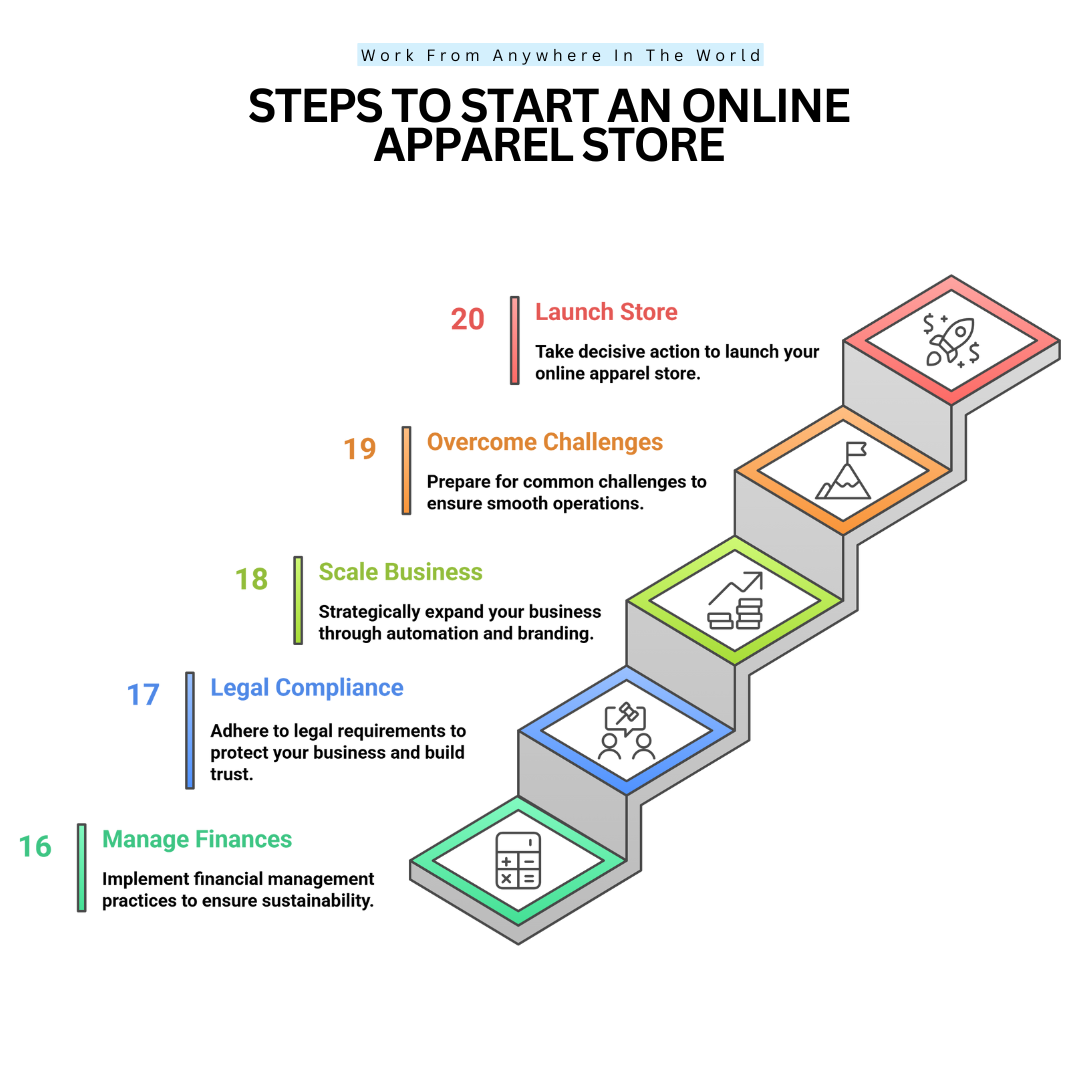
Conclusion
This guide on how to start an online apparel store shows that careful planning, strategy, and consistent effort are key to success.
By following these steps—from understanding your market and defining your brand to optimizing your website and marketing effectively—you can build a strong foundation.
Managing inventory wisely will help turn your vision into a profitable business. Stay adaptable, track your performance, and continue learning to grow your store.
Take action today and watch your online apparel business thrive in the competitive fashion market.
I trust you enjoyed this article on How to Start an Online Apparel Store. Please stay tuned for more insightful blogs on affiliate marketing, online business, and working from anywhere in the world.
Take care!
— JeannetteZ
💬 Your Opinion Is Important To Me
Do you have thoughts, ideas, or questions? I’d love to hear from you. Please leave your comments below or email me directly at Jeannette@WorkFromAnywhereInTheWorld.com.
📚 More Work From Anywhere Reads
🚀 Ready to Build a Business You Can Run from Home
or from Anywhere in the World?
Imagine creating income on your terms — from home, a cozy café, or wherever life takes you.
With the right tools, training, and community support, it’s entirely possible.
Start your own online business for free — no credit card needed.
Disclosure
This post may contain affiliate links. As an Amazon Associate and participant in other affiliate programs, I earn from qualifying purchases at no extra cost to you. Please read my full affiliate disclosure.

